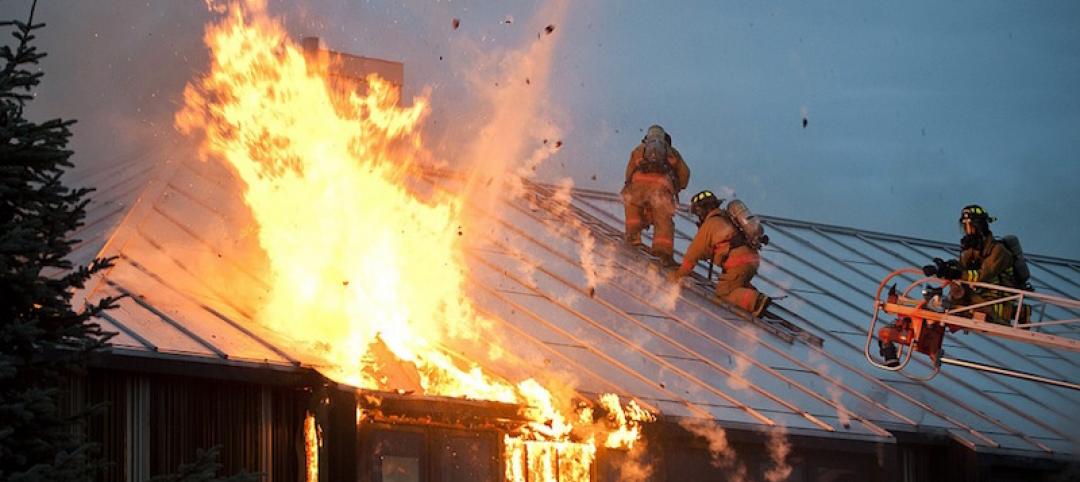Cities and regions can generate profound lasting benefits through investment in downtowns and center cities, according to The Value of U.S. Downtowns and Center Cities: Second Edition report by the International Downtown Association (IDA).
While often small in physical size, downtowns pack a punch. “From driving tax revenue and business activity to spurring smart development and innovative workplaces, downtowns play a pivotal role in the long-term health of a region,” according to a news release from IDA and Stantec, the association’s partner on the report.
The report updates The Value of U.S. Downtowns and Center Cities study released a year ago, with data and analysis that expands the scope to 24 downtowns with urban place management organizations across the United States. Downtown populations continue to grow and their economic prosperity increases as they mature.
Trends identified in this year’s report include:
· Tax revenue increases as downtowns move from emerging to established. Property tax revenue in emerging downtowns averages 11% of citywide property tax revenues, but increases to 32% in established downtowns.
· Downtown population growth far outpaces citywide growth, and it accelerates as downtowns move toward the established tier. Between 2010 and 2016, population grew by 29% in established downtowns, 37% in growing downtowns and 14% in emerging downtowns.
· As downtowns grow more robust, the income of their residents rises relative to the rest of the city. Established downtowns outperformed their cities, with median income at 110% of the citywide figure. This pattern underscores the importance of developing policies and mechanisms for keeping downtown housing accessible to all income levels.
· Downtowns become more concentrated employment centers as their stage of development progresses. Established downtowns have 52% of citywide jobs.
· Downtowns are multimodal hubs that rely less on cars than their cities. Established downtowns have nearly perfect Walk and Transit Scores (96 and 98 respectively).
The report can be downloaded at:
Related Stories
Codes and Standards | Jul 26, 2017
New ISO standard on video fire detectors will help identify fires more quickly
The standard marks the first comprehensive international specification for this equipment.
Codes and Standards | Jul 25, 2017
Geotechnical solutions prevent building distress due to expansive clay soils
The condition is the most common geologic hazard in the U.S.
Codes and Standards | Jul 24, 2017
Non-union labor gaining ground in New York City
President of contractors’ group says competitive pricing is spurring more open shops.
Codes and Standards | Jul 20, 2017
New tallest tower west of the Mississippi built to stringent seismic standards
L.A.’s new 1,100-foot skyscraper dominates city’s skyline.
Codes and Standards | Jul 20, 2017
Chicago rises to the top of U.S. cities in percentage of LEED or Energy Star office buildings
Certified office buildings reach 66% in windy city.
Codes and Standards | Jul 19, 2017
Economic impacts of climate change will jump over next two decades
Average annual cost to buildings and infrastructure from eastern storms to rise by $7.3 billion.
Codes and Standards | Jul 18, 2017
Energy modeling yields accuracy within 4%, says new study
Results of the study support the usefulness of the practice.
Codes and Standards | Jul 13, 2017
Net Zero Energy rebranded as ‘Zero Energy’
ILF aims to make new certification the sole standard for highest performing buildings.
Codes and Standards | Jul 13, 2017
New York City creates $10 million fund to help women- and minority-owned firms win construction contracts
The money is earmarked for up to $500,000 surety bonds per contract.
Codes and Standards | Jul 12, 2017
New International Building Code allows weather-resistive barriers above 40 feet
Danger of propagating flames now deemed negligible.
















